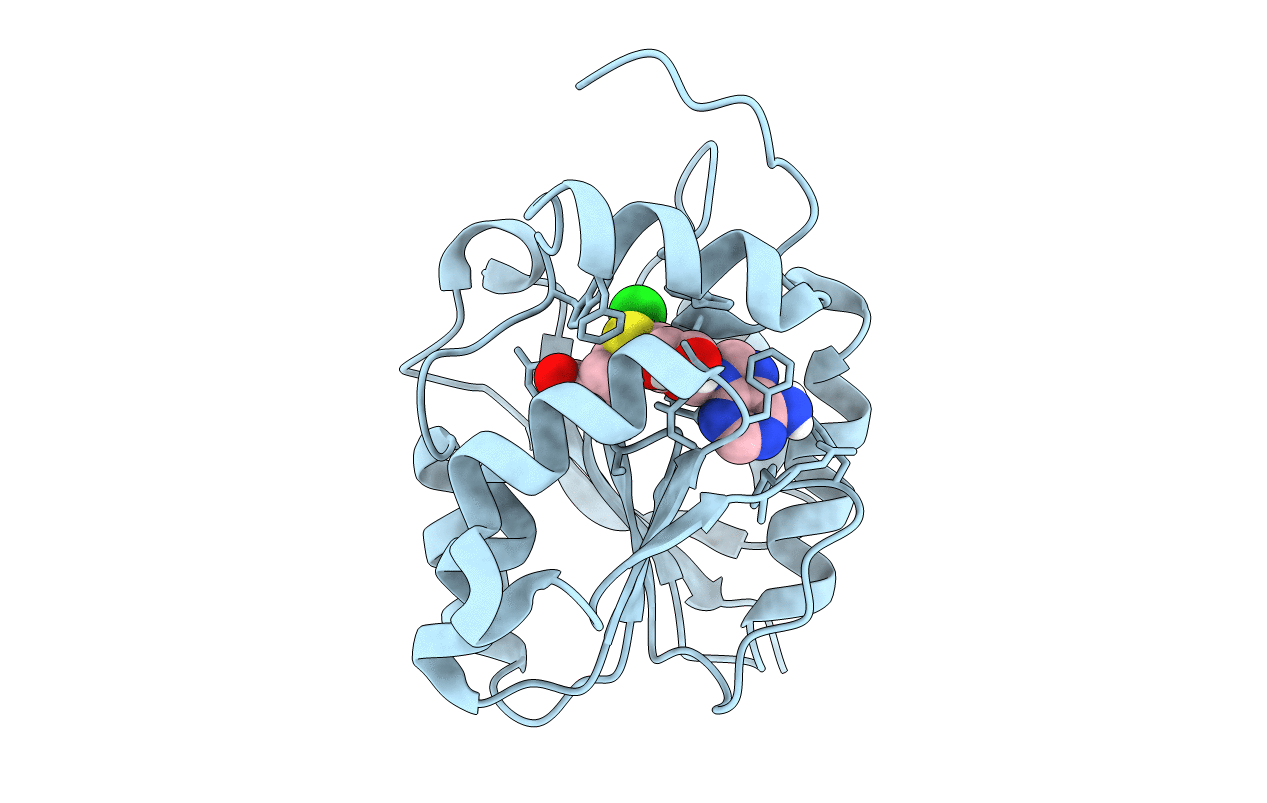
Deposition Date
2022-07-28
Release Date
2022-08-31
Last Version Date
2024-01-31
Entry Detail
PDB ID:
8AJP
Keywords:
Title:
Crystal structure of Halogen methyl transferase from Paraburkholderia xenovorans at 1.8 A in complex with SAH
Biological Source:
Source Organism:
Paraburkholderia xenovorans (Taxon ID: 36873)
Host Organism:
Method Details:
Experimental Method:
Resolution:
1.80 Å
R-Value Free:
0.19
R-Value Work:
0.18
R-Value Observed:
0.18
Space Group:
C 2 2 21


